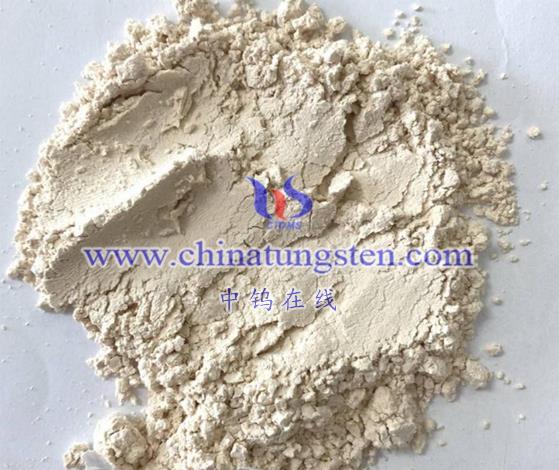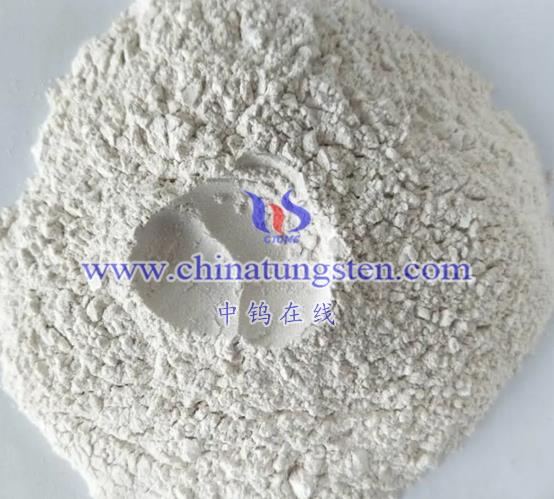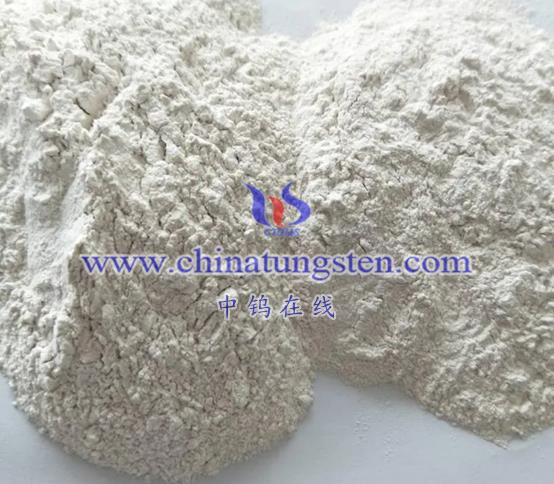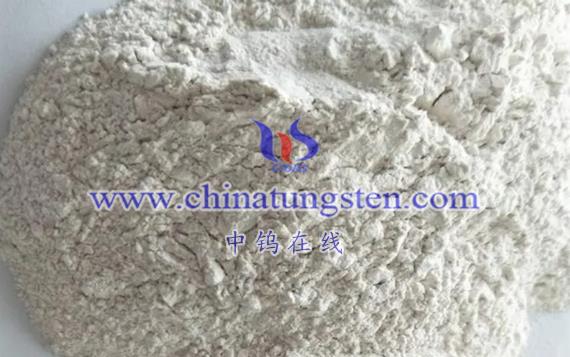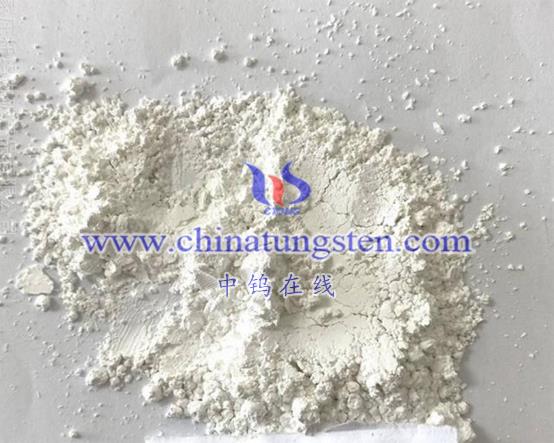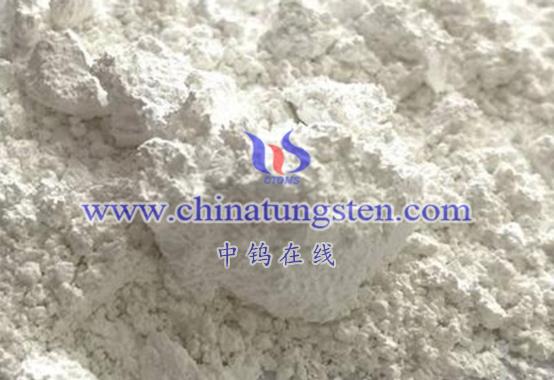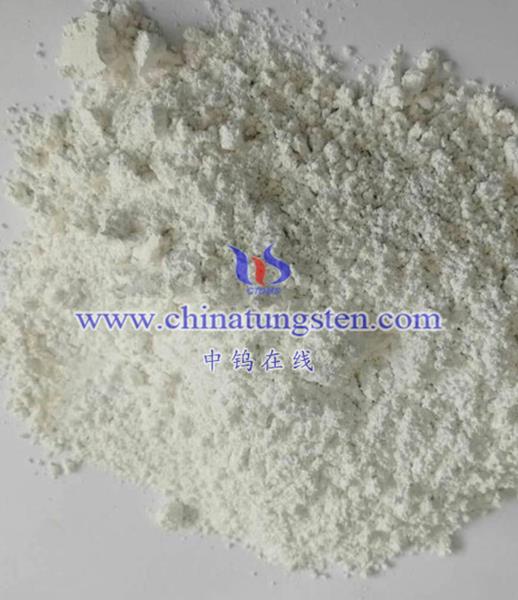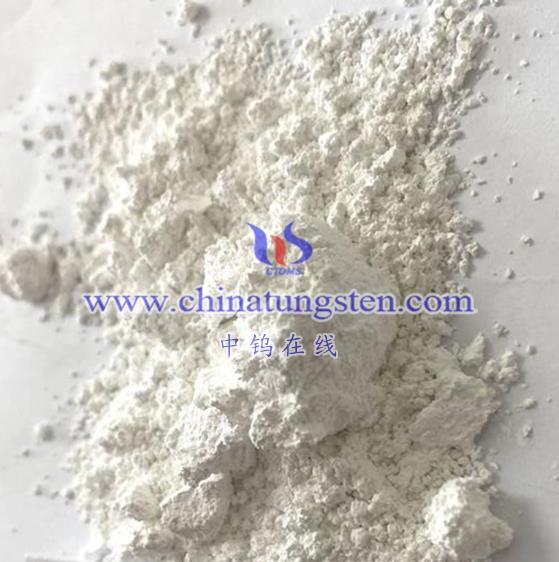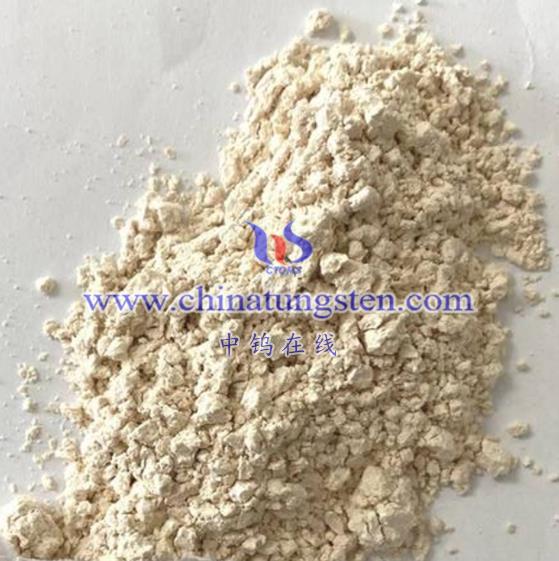
The production, use, and disposal of nano tungsten oxide (WO₃) can have various environmental impacts. Here is a detailed analysis of these effects:
- Environmental Impacts During the Production of Nano Tungsten Oxide
- Energy Consumption: The production of nano tungsten oxide may require significant amounts of energy, such as electricity and thermal energy, for heating, reactions, and separation processes. This can lead to increased energy consumption and higher carbon emissions.
- Raw Material Consumption: Producing nano tungsten oxide involves the consumption of raw materials, such as tungsten ore. Excessive extraction and consumption of these materials can harm the environment, leading to land degradation and water resource pollution.
- Wastewater, Waste Gas, and Solid Waste: The production process may generate wastewater, waste gas, and solid waste. These wastes can contain harmful substances like heavy metal ions and chemical residues, which can pollute the environment if not properly treated.
- Environmental Impacts During the Use of Nano Tungsten Oxide
- Gas Sensing Applications: Nano tungsten oxide is commonly used in gas sensors to detect harmful gases in the air. If these sensors fail or are improperly handled, harmful gases may leak into the environment, causing air pollution.
- Photocatalytic Applications: Nano tungsten oxide has excellent photocatalytic properties and is used to degrade organic compounds. However, if not handled properly during use, intermediate products or by-products generated by photocatalysis may lead to secondary pollution.
- Environmental Impacts During the Disposal of Nano Tungsten Oxide
- Waste Classification and Treatment: Waste containing nano tungsten oxide must be classified and treated according to relevant regulations. Improper handling can lead to the leakage of harmful substances into the environment, resulting in soil and water pollution.
- Recycling and Reuse: Recyclable nano tungsten oxide waste should be prioritized for recycling and reuse. However, the recycling process may require substantial energy and resources, potentially generating new waste.
- Other Potential Impacts of Nano Tungsten Oxide
- Ecotoxicity: Nano tungsten oxide particles, with their small size and large specific surface area, may more easily enter biological systems and pose ecotoxicity risks. Special care is needed during production and use to prevent the leakage and spread of nano-particles.
- Human Health Effects: Prolonged exposure to nano tungsten oxide particles may adversely affect human health, leading to respiratory issues and skin irritation. Appropriate protective measures should be implemented during production and usage.
- Mitigation Measures for Environmental Impact
To mitigate the environmental impacts associated with the production, use, and disposal of nano tungsten oxide, the following measures can be taken:
- Optimize Production Processes: Improve production methods and equipment to reduce energy consumption, raw material usage, and the generation of wastewater, waste gas, and solid waste.
- Enhance Waste Management: Establish a comprehensive waste classification, collection, transportation, and treatment system to ensure proper handling and prevent the leakage of harmful substances into the environment.
- Promote Recycling and Reuse: Encourage and support the recycling and reuse of nano tungsten oxide waste to minimize resource waste and environmental pollution.
- Strengthen Regulation and Assessment: Develop a robust regulatory mechanism and assessment system to oversee the entire process of nano tungsten oxide production, use, and disposal, ensuring that environmental protection measures are effectively implemented.
By implementing these measures, the environmental impacts of nano tungsten oxide can be managed more effectively, ensuring safer production and use while minimizing harm to the ecosystem.
More details of tungsten oxide product, please visit website: tungsten-oxide.com
Please contact CHINATUNGSTEN for inquiry and order of tungsten oxide:
Email: sales@chinatungsten.com
Tel.: 86 592 5129595
